The Smithsons became in involved with the Independent Group as Peter was teaching at the Central School of Art and Crafts, London with Eduardo Paolozzi, who introduced them to Nigel Henderson in 1952. The Smithsons, Paolozzi and Henderson proposed the exhibition, Parallel of Life and Art to the ICA in March 1952 via Dorothy Morland, whom Paolozzi knew. The proposal was finally accepted in January 1953 with the support of Roland Penrose and sponsorship from Peter Gregory, Roland Jenkins, Jane Drew and Denys Lasdun. The exhibition was similar to Richard Hamilton’s Growth and Form in that it spanned science and art and created a total environment with a host of black and white images taken from a range of art and non-art sources. Curated by Reyner Banham, the show was polemical and controversial, the images shared an overall crudeness, vulgarity and rawness. This was not beautiful art, but processed images juxtaposed randomly. The exhibition also had a pedagogic purpose, and when the exhibition finished at the end of 1953, the panels were moved to the Architectural Association in Bedford Square, London where a stormy discussion took place on 2 December 1953, chaired by Banham. He referred to the debate in his seminal article ‘New Brutalism’ which celebrated the work of the Smithsons:
…students at the Architectural Association complained of the deliberate flouting of the traditional concepts of photographic beauty, of the cult of ugliness and ‘denying the spiritual in Man’. (Architectural Review, December 1955, p356)

The cover of the exhibition catalogue of Parallel of Life and Art, 1953

Installation shot of the exhibition, Parallel of Life and Art, 1953
It was by means of this exhibition and the creative collaboration with Henderson and Paolozzi that the Smithsons became involved in the Independent Group. The first, 1952–3 session of the Group had come to an end, and during 1954 the Group contributed more to the public programme at the ICA, including the lecture series Aesthetic Problems of Contemporary Art. Lawrence Alloway and John McHale convened the second session of the Independent Group on the theme of fine art and popular culture. Peter Smithson contributed to the fourth session in April 1955 on Advertising with Alloway, Paolozzi and McHale. An evening in which the Group focussed on American advertising imagery and symbolism.
The Independent Group stopped meeting towards the end of 1955, but the creative collaboration which lay behind its success continued throughout the lifetimes of the erstwhile members. In many ways, the apogee of the Group was the exhibition This is Tomorrow at the Whitechapel Art Gallery in September and October 1956. The show consisted of twelve separate spaces, constructed by twelve groups of architect, sculptor and painter. The Smithsons created thePatio and Pavilion area with their old Parallel of Life and Art team, Nigel Henderson and Eduardo Paolozzi. It consisted of a makeshift ‘lean to’ and patio area, strewn with random objects. Collaboration continued beyond This is Tomorrow,with Banham authoring a book on New Brutalism: Ethic or Aesthetic? in 1966. The Smithsons continued to work with Independent Group preoccupations with their design for the ephemeral, House of the Futurefor the Ideal Home exhibition in 1956 their article, ‘But Today We Collect Ads’ in ARK November 1957.
















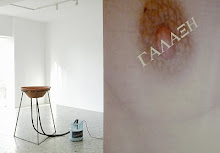







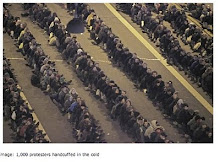


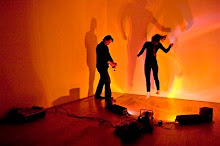

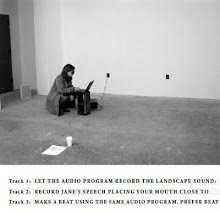





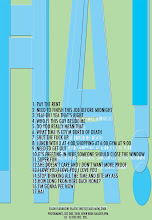

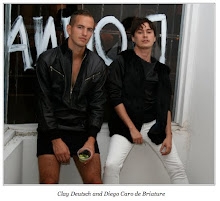
Δεν υπάρχουν σχόλια:
Δημοσίευση σχολίου